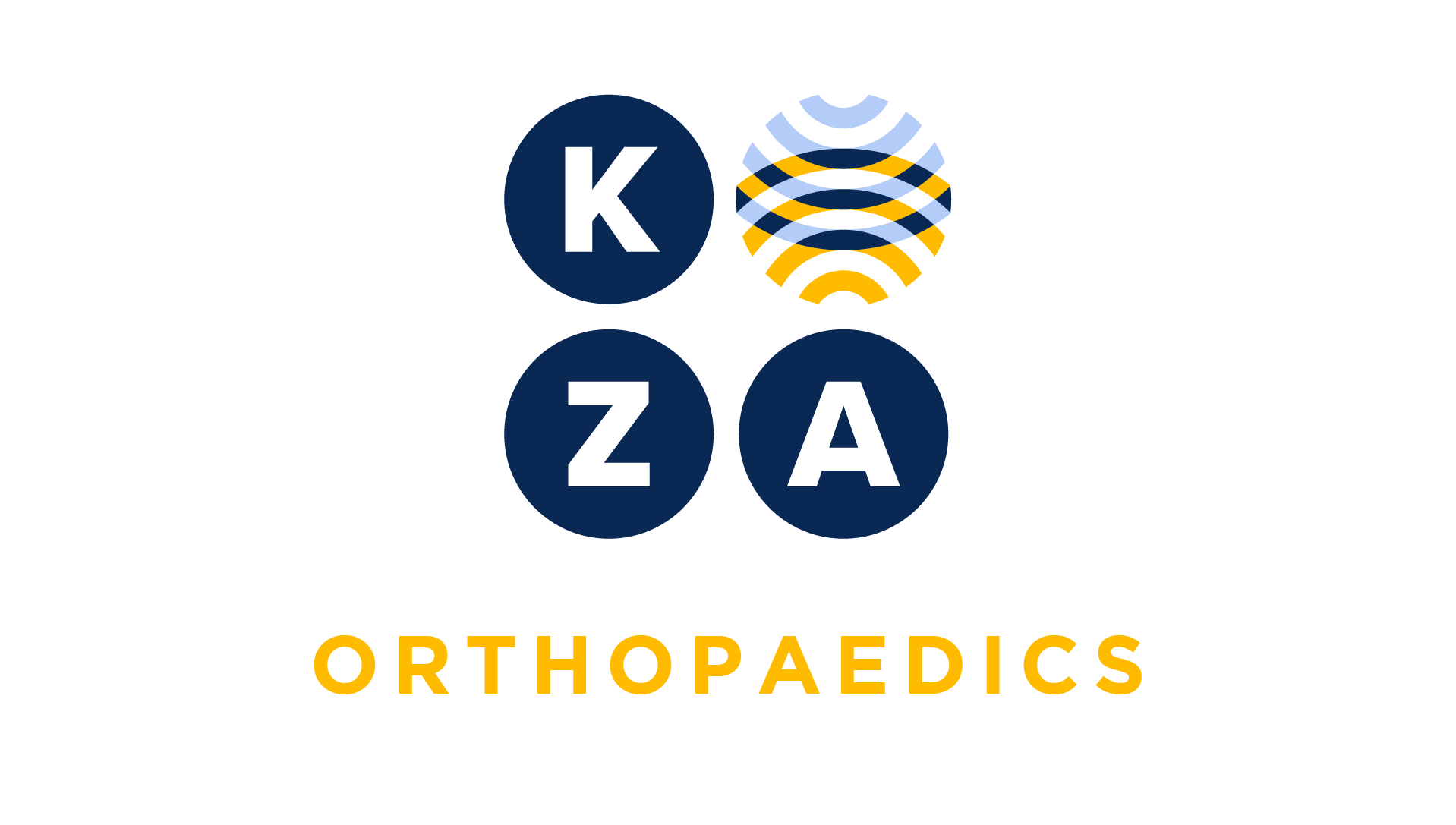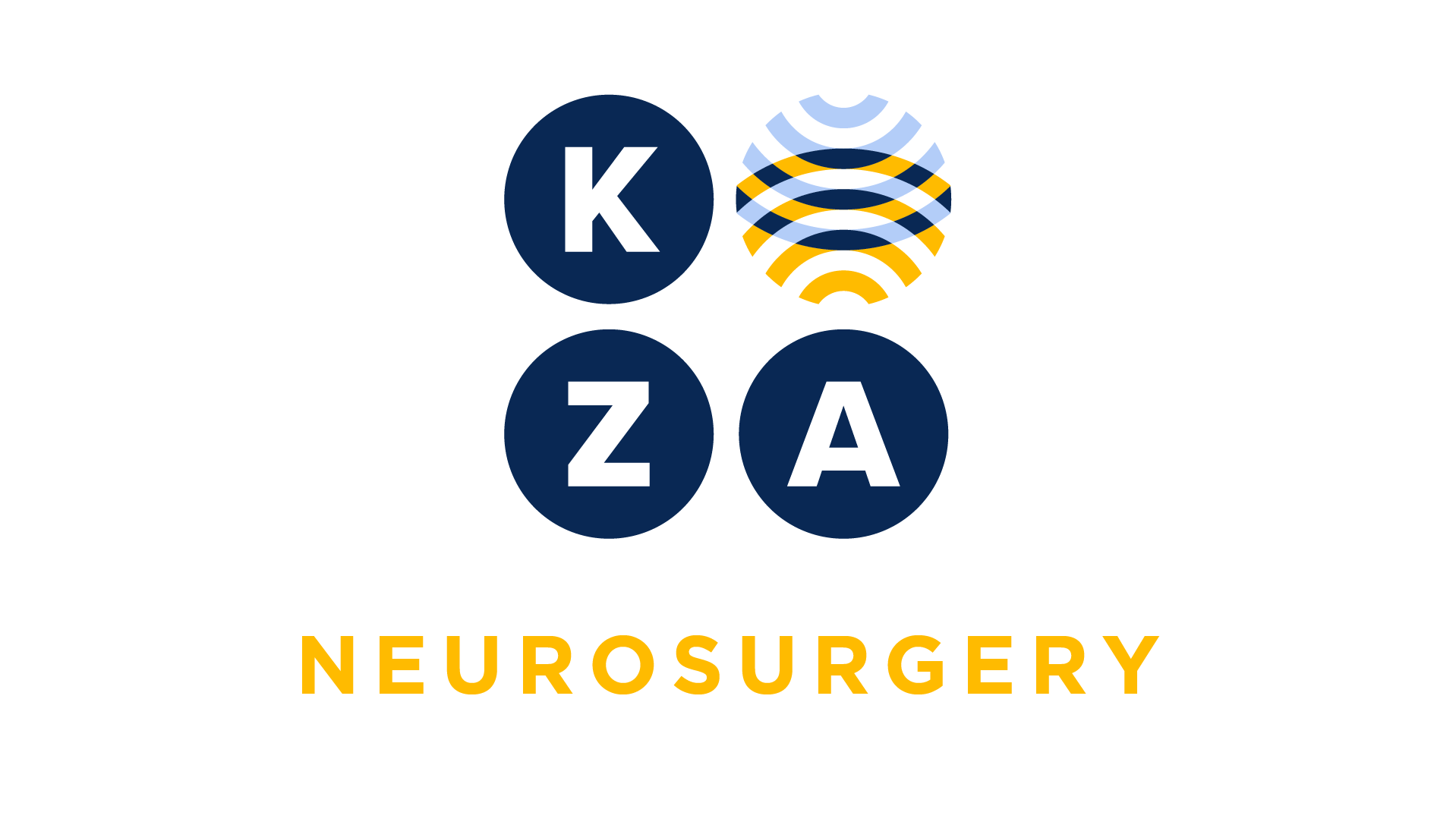
Choose your specialty from the list below to see how our experts have tackled a wide range of client questions.
Looking for something specific? Utilize our search feature by typing in a key word!
Fracture Documentation Inquiry
Question:
Recently a surgeon of ours documented the following for a patient evaluated in our office.
HPI: Right lateral depressed tibial plateau fracture
X- rays: Review of CT and X-Ray shows, “lateral split depressed right tibial plateau fracture with 8mm of lateral joint line depression.”
Diagnosis: Closed fracture of right tibial plateau, initial encounter
Plan: ORIF of tibial shaft fracture noting the joint instability
The coding staff assigned a level 3 encounter to this, and the surgeon is questioning why a displaced fracture requiring surgery would be considered low versus moderate risk for the problem addressed. The surgeon submitted a level four encounter and the staff down coded to a level three. Are you able to comment?
Answer:
Thank you for sending this via our ongoing consulting agreement and agreeing to use this as a coding coach.
Our first answer is to remind the providers, when possible, to address the complexity (risk) of the problem.
Second, the staff should query the provider if they do not understand the type of fracture and associated risk.
Third, the surgeon gave a diagnosis of a closed fracture of the right tibial plateau, initial encounter.
When speaking with the physician, a recommendation to document the diagnosis as “displaced fracture of lateral condyle of right tibia, initial encounter for closed fracture, initial encounter” to better describe the fracture that occurred.
The AMA has defined the Problems Addressed that would be pertinent to this condition as
Acute uncomplicated injury
Acute complicated injury with risk of complications, morbidity, or mortality.
Work with the surgeon to best determine the risk associated with the fracture. This is a great example of where enhanced documentation and speaking with the surgeon has benefits for both.
Additionally, the surgeon stated he reviewed the CT and XR and documented the findings. Remember to remind the surgeon of the difference between reviewing X-Rays and performing an independent interpretation—they are different and impact the level of risk in the MDM table.
*This response is based on the best information available as of 2/1/24.
Procedure Coding
What is the difference between a biopsy and removal when it comes to dermatology.
Question:
What is the difference between a biopsy and removal when it comes to dermatology.
Answer:
A biopsy is a sample of a suspicious lesion on the body and the tissue is sent to a laboratory for testing. Where shave excisions are removals of lesions without taking the full thickness of the skin. These codes include local anesthesia. The wounds do not require suture closure.
*This response is based on the best information available as of 12/28/23.
E&M with Injections: Two Diagnoses
If we have an established patient where the physician evaluates the patient and decides to give an injection. The physician documents two diagnoses. May we report an E&M with the injection because we have two diagnoses?
Question:
If we have an established patient where the physician evaluates the patient and decides to give an injection. The physician documents two diagnoses. May we report an E&M with the injection because we have two diagnoses?
Answer:
An E&M is reportable with the injection when the significant separate service rules are met.
Two answers apply:
- We do not recommend reporting the E&M if the second diagnosis is at same location or joint that is being injected. In this case, a second diagnosis does not meet the “separate service” part of the modifier 25 definition.
- We recommend reporting the E&M-25 if the second diagnosis if:
- The second diagnosis is in a separate anatomic location from the injection site, and
- The second condition is evaluated and managed.
Intracranial Endovascular Venous Thrombectomy
How is an Intracranial endovascular venous thrombectomy coded?
Question:
How is an Intracranial endovascular venous thrombectomy coded?
Answer:
There are no intracranial venous endovascular codes, so this must be reported as an unlisted code, 64999. If performed and documented, a venogram, and the venous catheterization may also be reported.
*This response is based on the best information available as of 12/28/23.
Cholecystotomy Procedure
How should you code an open cholecystotomy, with a drain placement and a biopsy of the gallbladder wall is performed. Can the biopsy of the gallbladder be separately reported?
Question:
How should you code an open cholecystotomy, with a drain placement and a biopsy of the gallbladder wall is performed. Can the biopsy of the gallbladder be separately reported?
Answer:
No, the biopsy of the gallbladder wall is not separately reportable this is bundled and inclusive to the cholectstotomy. The correct code to report for this procedure would be CPT 47480,Cholecystotomy or cholecystostomy, open, with exploration, drainage, or removal of calculus (separate procedure).
*This response is based on the best information available as of 12/14/23.
E/M Coding for Emergency Surgery
Under the revised 2023 EM guidelines what E/M code would be supported for seeing a patient in the the ED for a ruptured cerebral aneurysm and taking them emergently to surgery for repair?
Question:
Under the revised 2023 EM guidelines what E/M code would be supported for seeing a patient in the the ED for a ruptured cerebral aneurysm and taking them emergently to surgery for repair?
Answer:
This scenario would support , 99223, the highest level of Initial hospital care. Based on:
- High Problem-Acute or chronic illness or injury that poses a threat to life or bodily function and,
- High Risk- Emergency surgery
Remember, only 2 of the 3 medical decision-making elements are needed to support a level of E/M.
*This response is based on the best information available as of 12/14/23.





